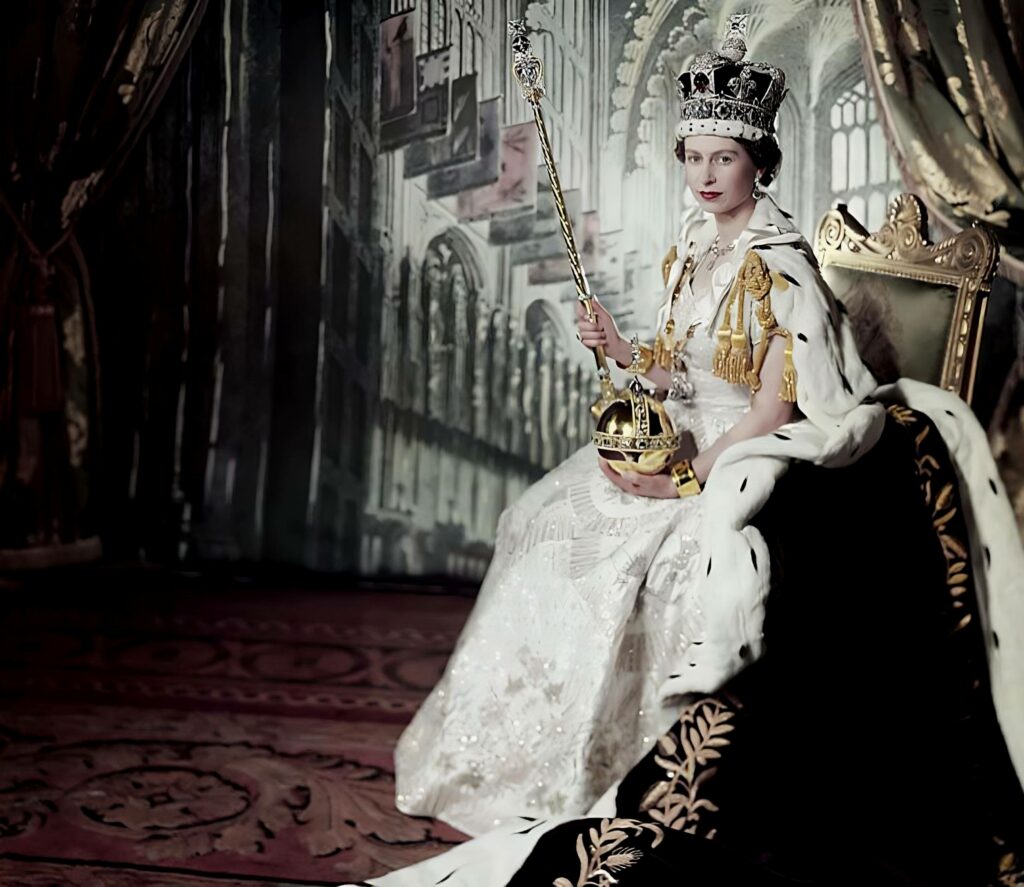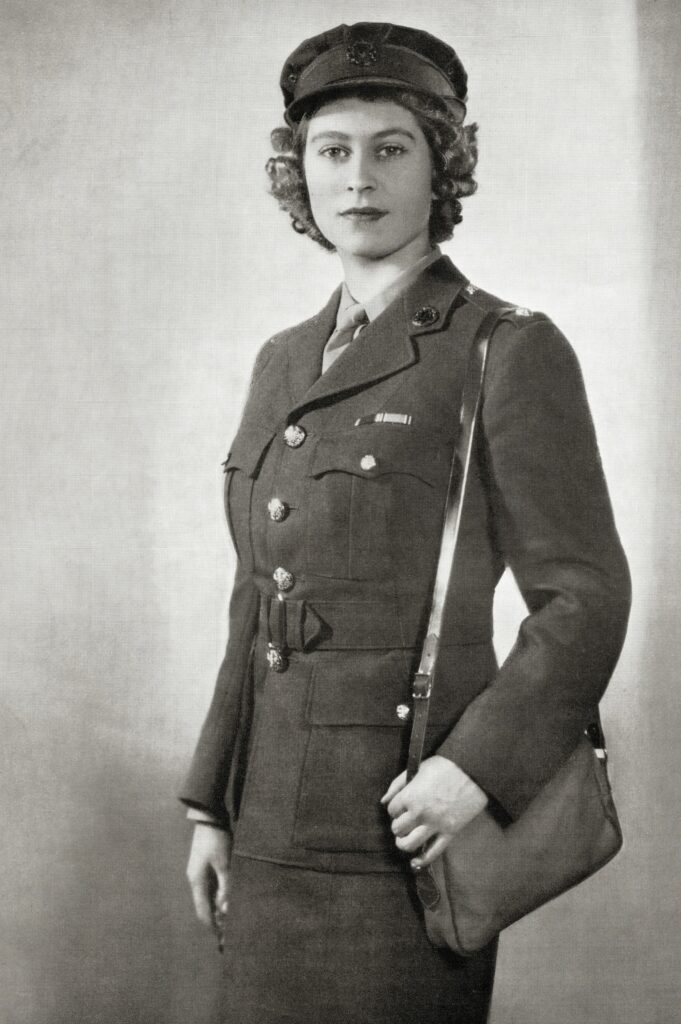After the war, her desire to marry Prince Philip faced a number of obstacles.
The King was reluctant to lose a daughter on whom he doted, and Philip had to overcome the prejudice of an establishment that could not accept his foreign ancestry. But the wishes of the couple prevailed and on 20 November 1947 the couple married in Westminster Abbey.
The Duke of Edinburgh, as Philip had become, remained a serving naval officer. For a short time, a posting to Malta meant the young couple could enjoy a relatively normal life.
Their first child, Charles, was born in 1948, followed by a sister, Anne, who arrived in 1950.
But the King was terminally ill with lung cancer, brought about by a lifetime of heavy smoking.
In January 1952, Elizabeth, then 25, set off with Philip for an overseas tour. The King, against medical advice, went to the airport to see the couple off. It was to be the last time Elizabeth would see her father.
Elizabeth heard of the death of the King while staying at a game lodge in Kenya and the new Queen immediately returned to London.
“In a way, I didn’t have an apprenticeship,” she later recalled. “My father died much too young, so it was all a very sudden kind of taking on and making the best job you can.”
By the late 1960s, Buckingham Palace had decided that it needed to take a positive step to show the Royal Family in a far less formal and more approachable way.
The result was a ground-breaking documentary, Royal Family. The BBC was allowed to film the Windsors at home. There were pictures of the family at a barbecue, decorating the Christmas tree, taking their children for a drive – all ordinary activities, but never seen before.
The unique film echoed the more relaxed mood of the times and did much to restore public support for the monarchy.
By 1977, the Silver Jubilee was celebrated with genuine enthusiasm in street parties and in ceremonies across the kingdom. The monarchy seemed secure in the public’s affection and much of that was down to the Queen herself.
Two years later, Britain had, in Margaret Thatcher, its first woman prime minister. Relations between the female head of state and female head of government were sometimes said to have been awkward.
One difficult area was the Queen’s devotion to the Commonwealth, of which she was head. The Queen knew the leaders of Africa well and was sympathetic to their cause.
She was reported to have found Thatcher’s attitude and confrontational style “puzzling”, not least over the prime minister’s opposition to sanctions against apartheid South Africa.
Year by year, the Queen’s public duties continued. After the Gulf War in 1991, she went to the United States to become the first British monarch to address a joint session of Congress. President George HW Bush said she had been “freedom’s friend for as long as we can remember”.
The deaths of the Queen Mother and Princess Margaret, in the Queen’s Golden Jubilee year, 2002, cast a shadow over nationwide celebrations of her reign.
But despite this, and the recurring debate over the future of the monarchy, a million people crowded into The Mall, in front of Buckingham Palace, on the evening of the jubilee.
In April 2006, thousands of well-wishers lined the streets of Windsor as the Queen performed an informal walkabout on her 80th birthday.
And in November 2007, she and Prince Philip celebrated 60 years of marriage with a service attended by 2,000 people at Westminster Abbey.
There was yet another happy occasion in April 2011 when the Queen attended the wedding of her grandson, William, Duke of Cambridge, to Catherine Middleton.
In May that year she became the first British monarch to make an official visit to the Irish Republic, an event of great historical significance.
In a speech, which she began in Irish, she called for forbearance and conciliation and referred to “things we wish had been done differently or not at all”.
The Diamond Jubilee brought hundreds of thousands of people on to the streets and culminated in a weekend of celebrations in London.




